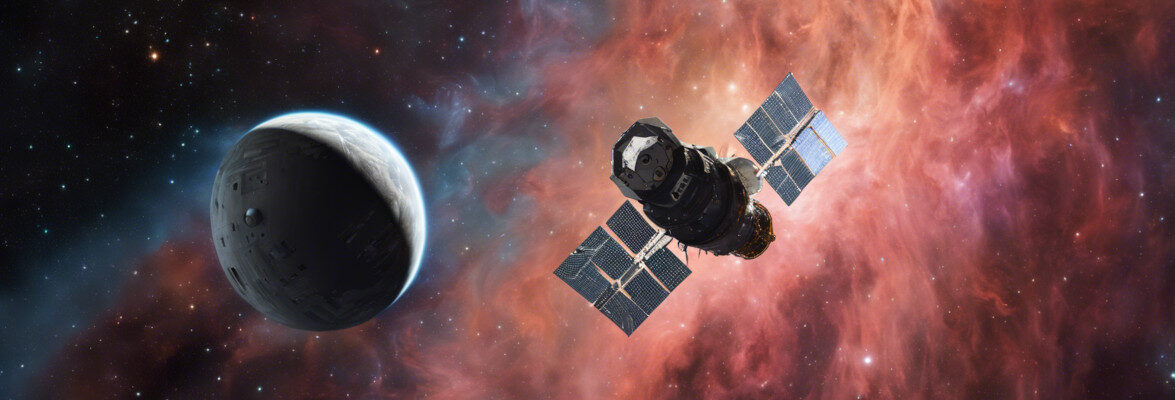
NASA has communicated the results of the observations of 2014 MU69, the object in the Kuiper Belt that represents the next target for the New Horizons space probe. The study of the observations made on July 17, 2017 when 2014 MU69 passed in front of a star suggests that it has the shape of an extreme prolate spheroid or that it’s actually two asteroids very close if not in contact.
2014 MU69 was selected as a target for the New Horizons space probe at the end of August 2015 among some Kuiper Belt Objects (KBOs) objects discovered using the Hubble Space Telescope. However, so far we didn’t really know much about it and even its size was estimated very roughly. Over the last two months 2014 MU69 passed in front of three stars, a phenomenon called in jargon occultation, and the alteration of light coming from them with a tiny shadow helped to better understand its characteristics.
At the moment, 2014 MU69 is about 6.5 billion kilometers (4 billion miles) away from the Earth so it’s really difficult even with the use of various telescopes to accurately establish its characteristics. Data collected by Hubble Space Telescope and ESA’s Gaia satellite were also used to try to more accurately calculate the orbit of 2014 MU69 to best conduct the observations during the occultations.
Several telescopes were used to observe those occultations, some directly from the New Horizons mission’s team. In particular, the observations of the last occultation on July 17 provided interesting results that could make the flyby scheduled for the New Year’s day of 2019 even more intriguing. That’s because the observations suggest that 2014 MU69 doesn’t have a vaguely spherical shape and maybe it’s not even a single asteroid but a pair.
2014 MU69 could have the shape technically called extreme prolate spheroid, practically a very elongated football with a length not exceeding 30 kilometers (almost 20 miles). The alternative is that it’s a pair of asteroids that are very close or even in contact with each other with a shape that’s irregular but not very elongated each of which is 15 to 20 kilometers (9 to 12 miles) long. If the two asteroids were in contact, the resulting shape could be similar to that of nucleus of the comet 67P/Churyumov-Gerasimenko.
A New Horizons space probe’s flyby with another binary object after Pluto and Charon would be extraordinary but it will be a very interesting event anyway. For the mission team, gathering information is useful to help them figure out the best trajectory to approach 2014 MU69. It must be programmed far in advance and the program sent to New Horizons so that it can conduct the maneuvers it needs.
The 2014 MU69 flyby will provide accurate information on a kind of fossil that could have remained almost unchanged in the last 4.5 billion years. The New Horizons space probe is exploring an area of the solar system we’re only recently beginning to discover so more surprises might be waiting for us after those found on Pluto and Charon.



Permalink
Permalink